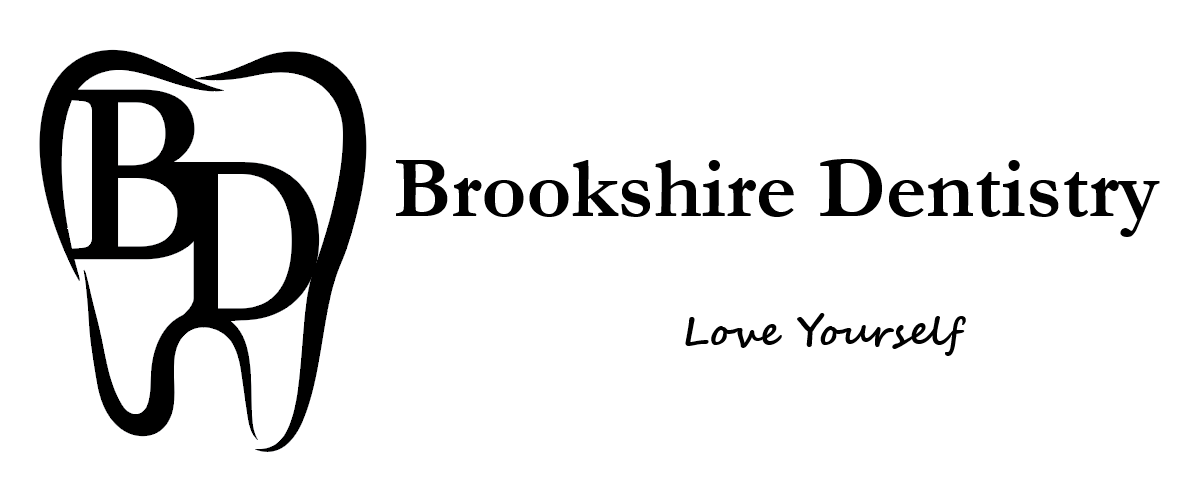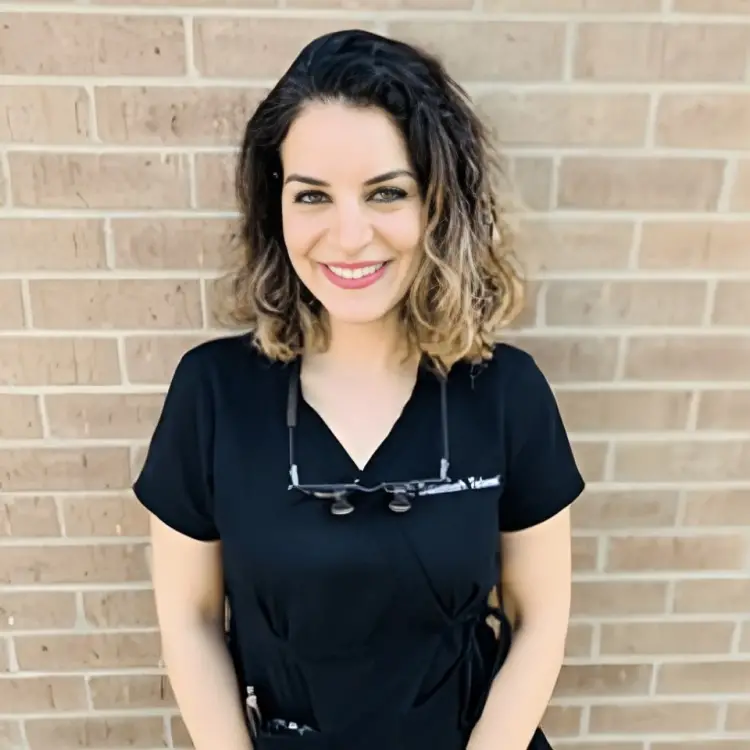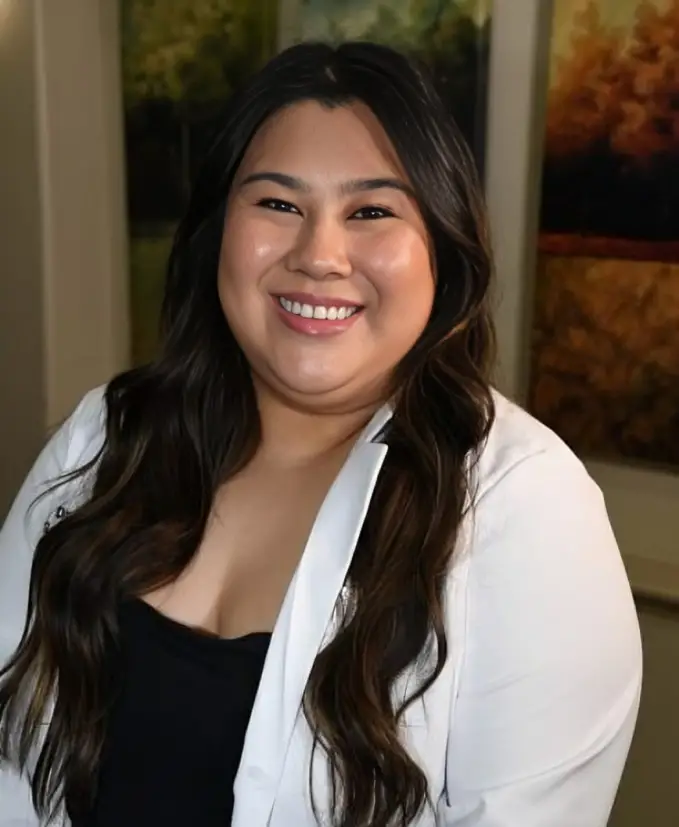Which is Better Invisalign or Braces
Orthodontic treatment is a significant step in achieving a healthier, more attractive smile. With advances in dental technology, patients now have more choices than ever for correcting misaligned teeth and bite issues. Two popular options are traditional metal braces and Invisalign clear aligners. At Brookshire Dentistry, located at 1801 Precinct Line Rd., Suite A, Hurst, TX, Dr. Salomeh Tehrani, DDS, MPH, and our team are committed to helping you make an informed decision about which orthodontic treatment is best for you. This comprehensive guide will compare Invisalign and braces, highlighting their benefits, limitations, and factors to consider when choosing the right option for your needs.
Understanding Braces
Traditional metal braces have been a staple in orthodontics for decades. They consist of metal brackets attached to the teeth and connected by wires and elastic bands. Here’s a closer look at how they work and their advantages and disadvantages:
How Braces Work
Brackets and Wires: Brackets are bonded to the front of your teeth using a special adhesive. Wires are threaded through these brackets and adjusted periodically to apply pressure and move the teeth into their desired positions.
Elastic Bands: Small elastic bands are used to secure the wires to the brackets. These bands can be customized in different colors and adjusted as needed to help achieve specific tooth movements.
Adjustments: Regular visits to your orthodontist are necessary to tighten the wires and make adjustments to the braces, ensuring that your teeth move as planned.
Benefits of Braces
- Effective for Complex Cases: Braces are highly effective for treating a wide range of orthodontic issues, including severe crowding, large gaps, and complex bite problems.
- Precise Control: Braces provide precise control over tooth movement, allowing for accurate adjustments to achieve the desired results.
- No Compliance Issues: Unlike removable aligners, braces are fixed to your teeth, so there’s no risk of forgetting to wear them or not following the treatment plan.
Disadvantages of Braces
- Aesthetic Concerns: Metal braces are highly visible, which can be a concern for some patients, especially adults.
- Comfort Issues: Braces can cause discomfort and irritation to the inside of the mouth and may require adjustments to ensure a proper fit.
- Diet Restrictions: Certain foods, such as sticky or hard items, can damage the braces or get stuck, requiring careful dietary choices.
- Oral Hygiene Challenges: Cleaning around braces can be more challenging, requiring special tools and techniques to maintain good oral hygiene.
Understanding Invisalign
Invisalign is a modern orthodontic treatment that uses a series of clear, removable aligners to gradually straighten teeth. These aligners are custom-made to fit your teeth and move them into the desired positions. Here’s an overview of how Invisalign works and its benefits and drawbacks:
How Invisalign Works
Custom Aligners: Invisalign uses advanced 3D imaging technology to create a series of custom aligners that fit your teeth precisely. Each aligner is designed to move your teeth gradually over time.
Wear and Replacement: You’ll wear each set of aligners for about two weeks before switching to the next set in the series. Aligners are removed for eating, drinking, and cleaning but must be worn for 20-22 hours a day to be effective.
Regular Check-ups: Periodic visits to Dr. Tehrani are necessary to monitor your progress and ensure that the treatment is on track. Adjustments may be made to the aligners if needed.
Benefits of Invisalign
- Aesthetics: Invisalign aligners are clear and nearly invisible, making them a popular choice for adults and teens who prefer a discreet orthodontic option.
- Comfort: The aligners are smooth and custom-made to fit your teeth, reducing the risk of irritation and discomfort often associated with traditional braces.
- Removable: Aligners can be removed for eating, drinking, brushing, and flossing, allowing for greater flexibility and easier maintenance of oral hygiene.
- No Food Restrictions: Since aligners are removed during meals, there are no dietary restrictions, and you can continue to enjoy all your favorite foods.
- Fewer Office Visits: Invisalign typically requires fewer office visits compared to braces, as no adjustments are needed for wires or brackets.
Disadvantages of Invisalign
- Not Suitable for All Cases: Invisalign may not be the best option for complex orthodontic issues, such as severe bite problems or significant teeth movement.
- Compliance Required: Successful treatment with Invisalign depends on wearing the aligners as directed. Non-compliance can lead to extended treatment time or suboptimal results.
- Potential Speech Changes: Some patients experience minor speech changes or a slight lisp when first starting Invisalign, but this typically resolves as you get used to wearing the aligners.
- Cost Considerations: Invisalign can be more expensive than traditional braces, depending on the complexity of the case and the duration of treatment.
Factors to Consider When Choosing Between Invisalign and Braces
Severity of Orthodontic Issues
If you have complex orthodontic problems, such as severe crowding, significant gaps, or major bite misalignment, traditional braces may be more effective. Braces offer precise control and are capable of addressing a broader range of issues.
Invisalign is suitable for mild to moderate cases, such as minor crowding or spacing issues. However, if your orthodontic needs are more complex, Dr. Tehrani will assess whether Invisalign can achieve the desired results or if braces would be a better option.
Aesthetic Preferences
For patients who are concerned about the appearance of their orthodontic treatment, Invisalign offers a clear, discreet option. If you prefer to avoid the visibility of metal braces, Invisalign may be the better choice.
Conversely, if aesthetics are less of a concern, traditional braces provide effective treatment without the need for removable appliances.
Lifestyle and Convenience
Invisalign aligners are removable, offering greater flexibility and convenience for eating, drinking, and maintaining oral hygiene. If you have a busy lifestyle or prefer a less restrictive treatment option, Invisalign may be more suitable.
Traditional braces are fixed, which means you won’t have to worry about remembering to wear aligners. However, they do require more attention to oral hygiene and dietary restrictions.
Treatment Duration
Treatment duration can vary depending on the complexity of the case and the chosen orthodontic method. Invisalign typically offers a shorter treatment time for moderate cases, but complex cases may take longer.
Traditional braces may take longer for complex cases but provide consistent progress throughout the treatment period. Dr. Tehrani will provide an estimated treatment timeline based on your specific needs and goals.
Cost and Insurance
The cost of orthodontic treatment can vary based on the method, duration, and complexity of the case. Invisalign is often more expensive than traditional braces, but some dental insurance plans may cover a portion of the cost for both options.
At Brookshire Dentistry, we offer flexible payment options and can assist you in understanding your insurance coverage and any financial considerations. We are committed to helping you achieve a beautiful, healthy smile within your budget.
Conclusion
Choosing between Invisalign and traditional braces depends on various factors, including the severity of your orthodontic issues, aesthetic preferences, lifestyle, treatment duration, and cost. Both options offer effective solutions for achieving a straighter, healthier smile, and each has its unique advantages and limitations.
At Brookshire Dentistry, Dr. Salomeh Tehrani, DDS, MPH, and our experienced team are here to guide you through the decision-making process. We will conduct a comprehensive evaluation, discuss your goals and preferences, and recommend the best orthodontic treatment option for your individual needs.
If you have any questions or would like to schedule a consultation to explore your orthodontic options, please contact our office at (817) 577-9200. We are dedicated to helping you achieve the smile of your dreams with the most appropriate and effective treatment.
Office Hours
MON8:00 am - 5:00 pm
TUE8:00 am - 5:00 pm
WED8:00 am - 5:00 pm
THU8:00 am - 5:00 pm
FRI8:00 am - 4:00 pm
SATClosed
SUNClosed



